Bed bugs and ticks are two of the most common yet confusing pests. While both are blood-sucking parasites, their behaviors, habitats, and physical appearances differ significantly. Correctly identifying whether you have bed bugs or ticks is important for effective pest control and preventing potential health risks.
In this article, we will help you understand the differences between these two pests and provide tips on how to manage them.
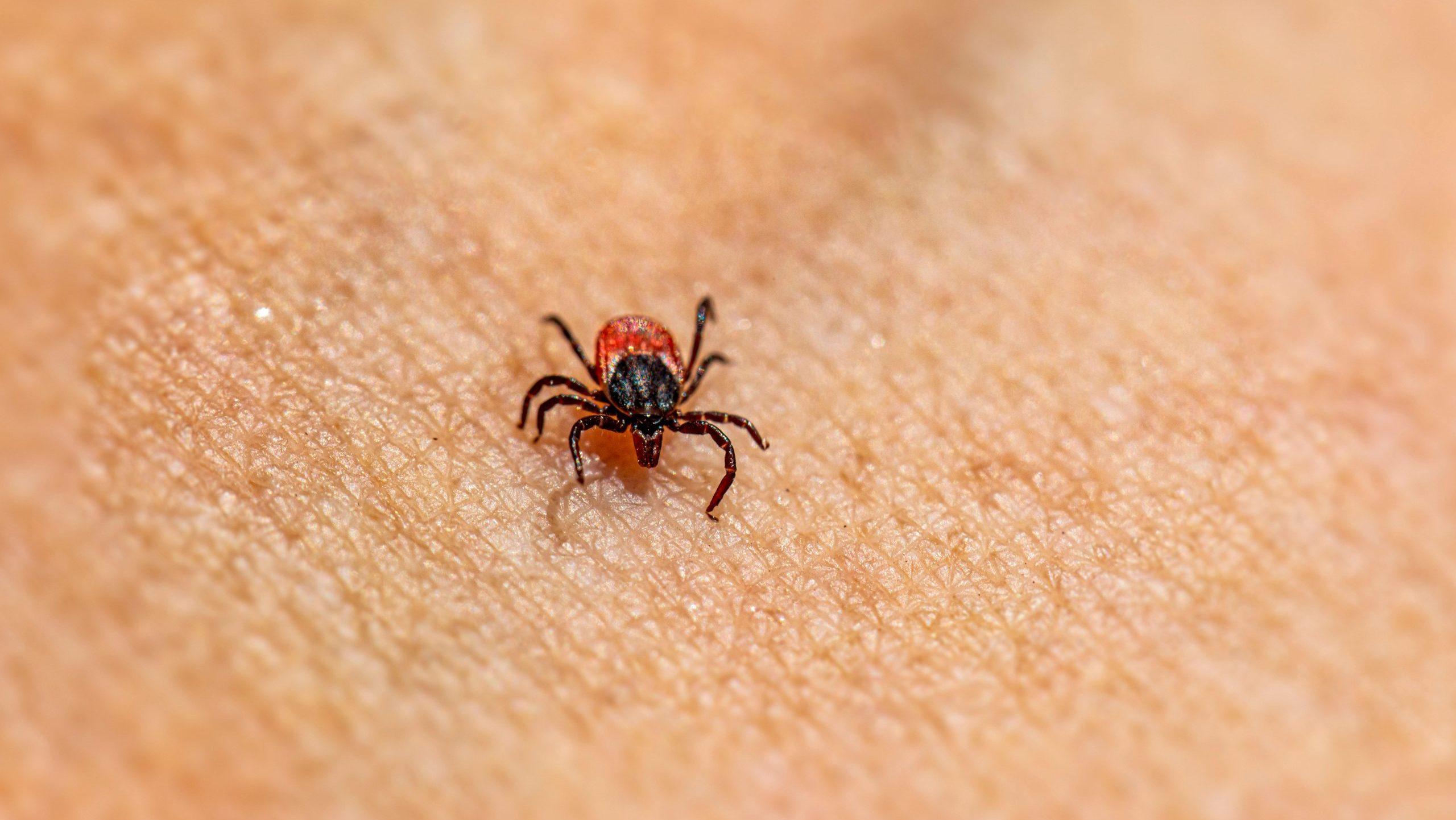
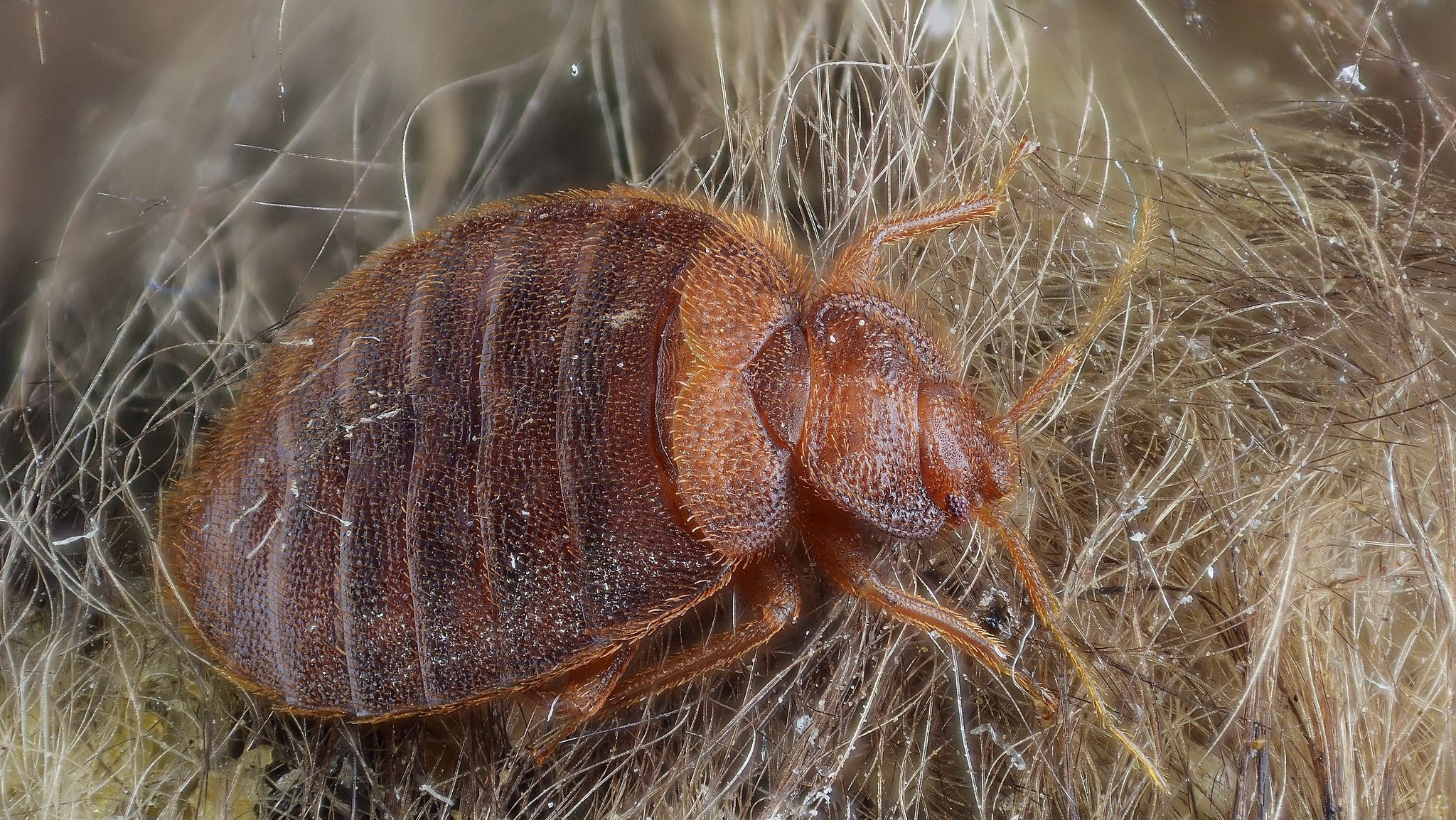

 Bed bugs prefer to stay hidden in dark cracks near sleeping areas, making them difficult to detect. Their bites often appear in small clusters or lines, usually on exposed skin.
Bed bugs prefer to stay hidden in dark cracks near sleeping areas, making them difficult to detect. Their bites often appear in small clusters or lines, usually on exposed skin.
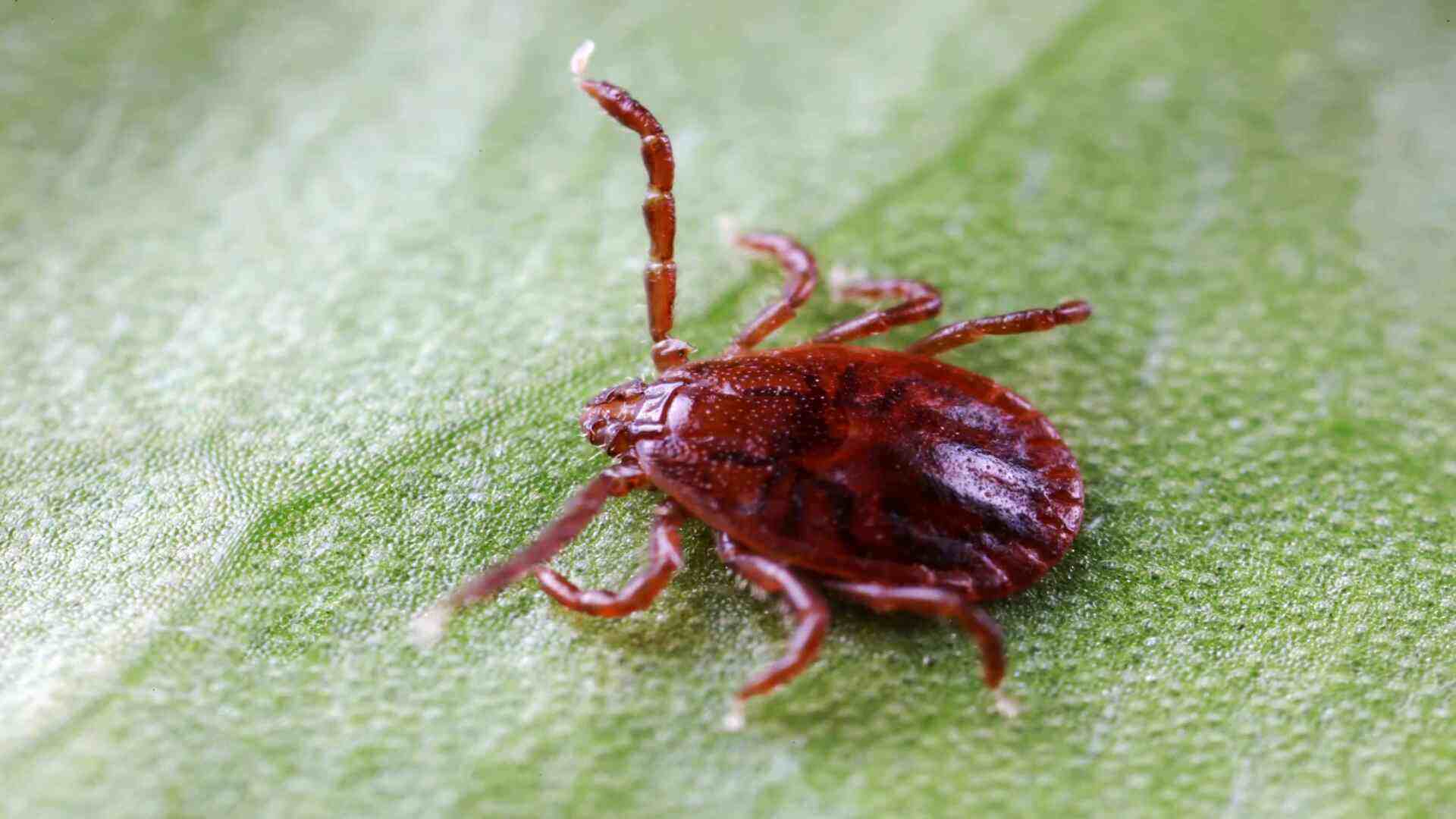 Ticks feed slowly, often staying attached for hours or days. Their bites can lead to serious illnesses, including Lyme disease and Rocky Mountain spotted fever.
Ticks feed slowly, often staying attached for hours or days. Their bites can lead to serious illnesses, including Lyme disease and Rocky Mountain spotted fever.
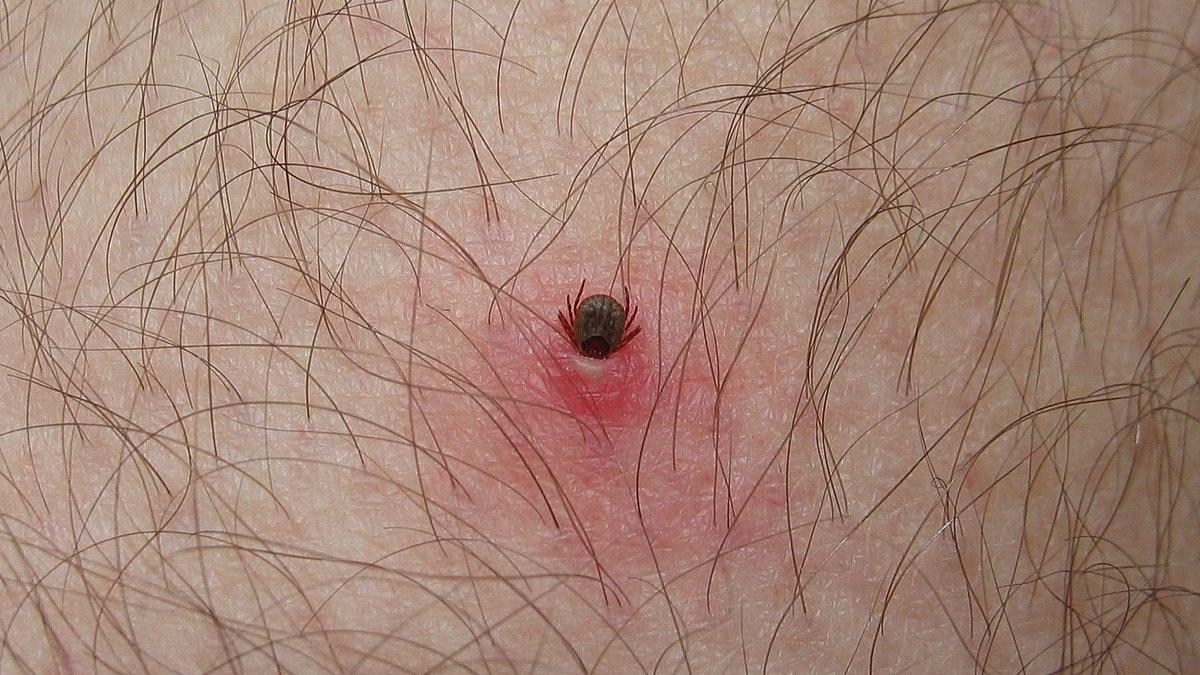
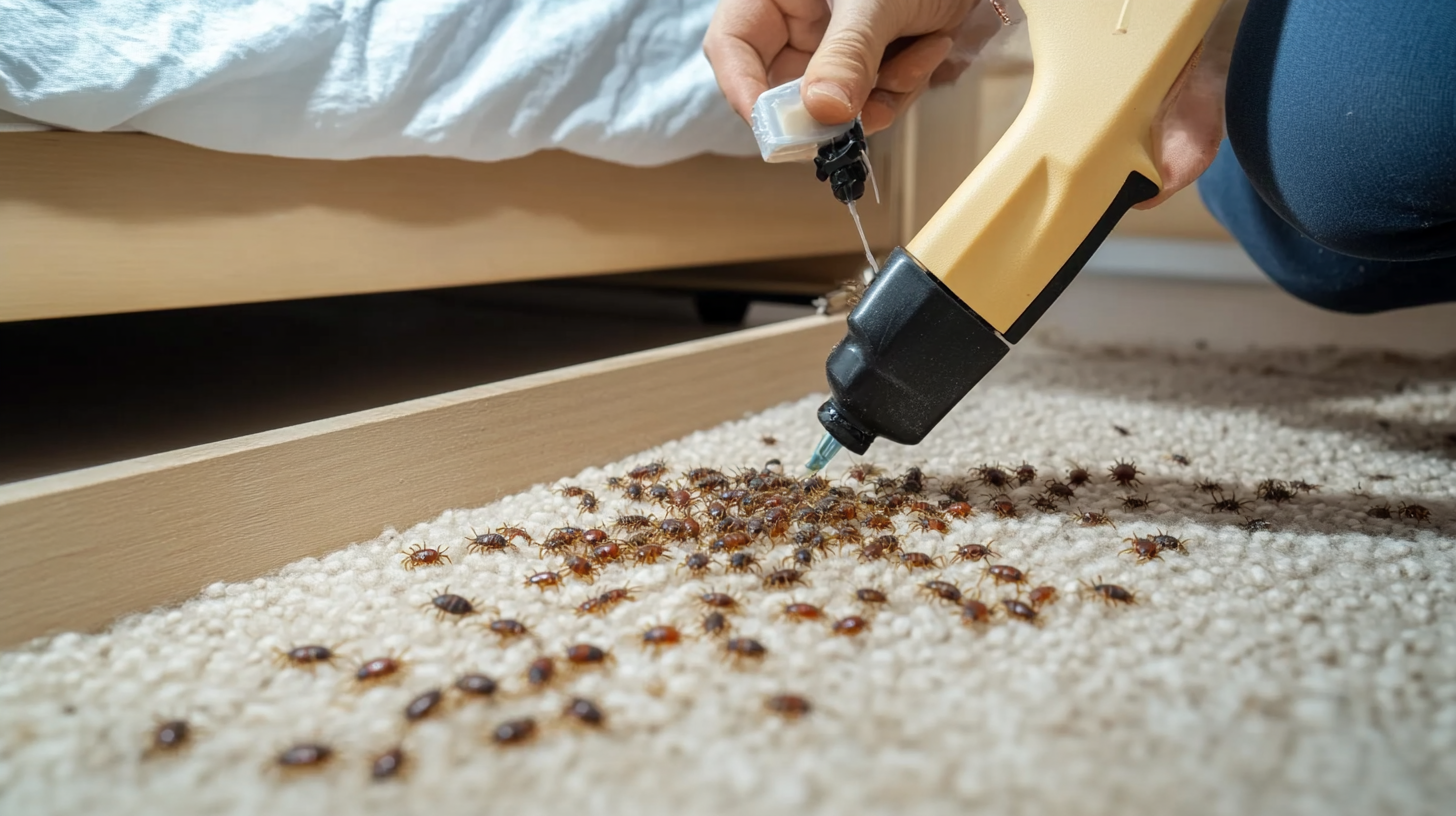
If you are unsure which pest is infesting your home, contact our pest control experts and get a free estimate today!

What Are Bed Bugs?
Bed bugs are small, flat insects that hide in bedding, furniture, and cracks in walls. They feed on human blood at night and often go unnoticed until their bites appear. Unlike ticks, bed bugs do not cause diseases, but their bites can result in itching and allergic reactions.Physical Characteristics of Bed Bugs
-
Size: Ranges from 1/4 to 3/8 inch.
-
Shape: Oval and flat, becoming swollen after feeding.
-
Color: Reddish-brown, darkening after feeding.
-
Wings: Wingless and unable to fly.


Not getting a solution?
Get your free pest control estimate today!What Are Ticks?
Ticks are parasitic arachnids that stick onto hosts, like humans and animals, to feed on blood. Unlike bed bugs, they remain attached for extended periods and can transmit diseases. They are typically found in outdoor environments, such as grassy or wooded areas. There, they wait for a host to pass by.Physical Characteristics of Ticks
-
Size: Can grow up to 1 inch when engorged with blood.
-
Shape: Flat and oval, becoming more rounded after feeding.
-
Color: Varies from reddish-brown to dark brown.
-
Body Parts: Features visible mouthparts and a shield-like structure at the front.
 Ticks feed slowly, often staying attached for hours or days. Their bites can lead to serious illnesses, including Lyme disease and Rocky Mountain spotted fever.
Ticks feed slowly, often staying attached for hours or days. Their bites can lead to serious illnesses, including Lyme disease and Rocky Mountain spotted fever.
Bed Bugs vs Ticks: Key Differences
| Feature | Bed Bugs | Ticks |
|---|---|---|
| Size & Shape | Small, flat, oval (1/4 to 3/8 inch) | Larger, oval, and engorged when fed (up to 1 inch) |
| Color | Reddish-brown, darker after feeding | Brown to dark brown, varies by species |
| Habitat | Indoors (beds, furniture, cracks) | Outdoors (grassy, wooded areas, on animals) |
| Feeding Habit | Feeds on human blood at night, then hides | Latches onto host and feeds for hours/days |
| Bite Marks | Small, red welts in clusters or lines | Single red bump with tick attached |
| Disease Risk | No known disease transmission | Can spread Lyme disease, Rocky Mountain spotted fever |
| Movement | Crawls but does not jump or fly | Moves slowly but latches onto hosts |
| Removal | Can be vacuumed or treated with heat | Requires careful removal with tweezers |
Health Risks of Bed Bugs and Ticks
Both pests present unique health concerns. Understanding their risks can help you take appropriate action.Health Risks from Bed Bugs
-
Skin Irritation: Their bites cause itchy red welts, which may lead to secondary infections from scratching.
-
Allergic Reactions: Some individuals experience swelling or allergic responses to bed bug bites.
-
Sleep Disruptions: Infestations can lead to anxiety and difficulty sleeping.

Health Risks from Ticks
-
Disease Transmission: Ticks can carry serious illnesses, e.g. anaplasmosis, Rocky Mountain spotted fever, and Lyme disease.
-
Long-Term Symptoms: Infected bites may lead to fever, joint pain, or neurological problems if untreated.
-
Hidden Attachment: Because ticks remain attached to the skin, they can go unnoticed for extended periods, increasing the risk of infection.
How to Prevent Bed Bugs and Ticks?
Taking preventive measures can help keep both bed bugs and ticks at bay.Preventing Bed Bugs
-
Inspect Sleeping Areas: Regularly check mattresses, bed frames, and other furniture in your house for any signs of bed bugs, like shed skins or fecal spots.
-
Use Mattress Encasements: Bed bug-proof covers can help prevent infestations.
-
Vacuum and Clean Regularly: Frequent vacuuming of carpets, bedding, and furniture reduces hiding spots.
-
Be Cautious When Traveling: Inspect hotel beds and avoid placing luggage on the floor.

Preventing Ticks
-
Wear Protective Clothing: Put on long sleeve apparel and pants to prevent tick attachment when hiking or spending time in open areas.
-
Use Tick Repellents: Apply EPA-approved tick repellents to skin and clothing before going outdoors.
-
Inspect for Ticks After Outdoor Activities: Carefully observe your body, clothing, and pets for ticks after an outing.
-
Maintain Your Yard: Trim grass and remove leaf litter to reduce tick habitats.
Myths and Facts About Bed Bugs and Ticks
| Myth | Fact |
|---|---|
| Bed bugs are the same as ticks. | Bed bugs and ticks are different insects with distinct appearances and habits. |
| Ticks only cause trouble in rural regions. | Ticks can be found in both urban and rural locations. |
| Bed bugs only bite people who are unclean. | Bed bugs can invade any home, regardless of cleanliness. |
| Ticks always transmit diseases immediately. | Not all tick bites result in disease, and transmission usually occurs after a longer feeding period. |
| Bed bugs are more dangerous than ticks. | Both pests can cause health issues; bed bugs cause itching and discomfort, while ticks can transmit serious diseases. |





